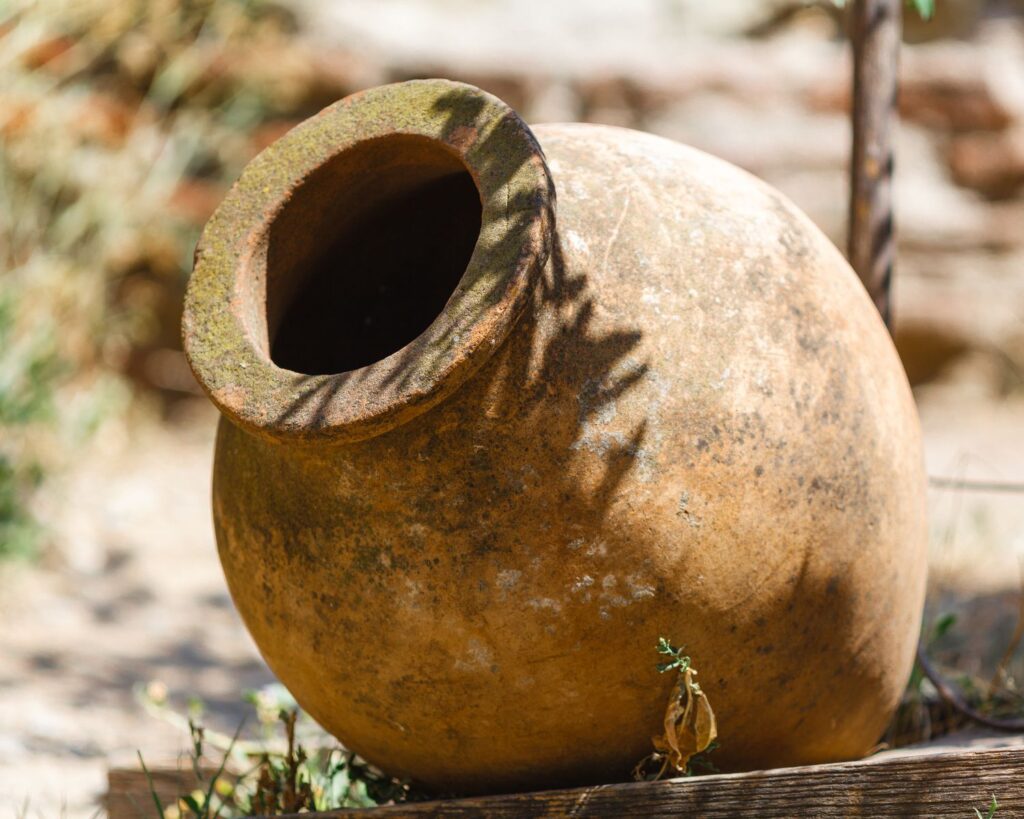Frascati DOC – what the Romans drink

Frascati is one of the villages which form the “Castelli Romani”, a lovely district spread around the Alban hills just south of Rome. Castelli Romani is the place to be to experience traditional roman dishes and try the most representative wine of the capital: Frascati DOC.
Frascati wine has a very long history as it is constantly mentioned in the Italian literature and in 1966 was one of the first Italian wines to be classified by the designation DOC.
The appellation Frascati DOC consists of 8.500 hectars extended on the east of Frascati, including four other villages. To be named Frascati DOC the wine has to be produced by Malvasia Bianca di Candia and/or Malvasia Puntinata for at least 70% and any of Bellone, Bombino Bianco, Greco, Trebbiano for the remaining 30%.
Though the proximity of the Mediterranean sea, the two factors that have the biggest impact on the wine are the hills and the soil. In fact, the vineyards range from 60 to 400 meters in altitude and the soil is mainly volcanic. Therefore, the altitude helps to retain the acidity and the volcanic soil provides the mineral compounds to the wine.
Frascati DOC on the nose displays notes of apricot and white apple; on the palate, along with a delicate citrusy taste, shows a persistent acidity which facilitate the second sip.
The wine is generally light in body and low in alcohol because the minimum abv in Frascati DOC is only 10,5%. This is why Frascati has been considered the favourite romans table wine, being easy to drink and good to enjoy even slightly chilled.
However, by the time, this wine started to be appreciated also out of Rome and the producers felt that was the moment to spread it. In fact, in 2011, two other appellations have been established: Frascati Superiore DOCG and Frascati Superiore Riserva DOCG. The grapes allowed are the same than the original appellation but Frascati Superiore DOCG must have a minimum of 12% abv and the Riserva has to undergo through a period of one year of ageing and must contain at least 13% abv.
Due to the high acidity of this wine the ideal food to pair can be something fat and salty like the local delicious “Porchetta” or dishes with the same acidity such as raw sea food.
Overall, Frascati may be considered an authentic expression of its terroir which is no meant to be posh but rather frank and friendly just like Romans are well known to be.
Author: Riccardo Pepi
